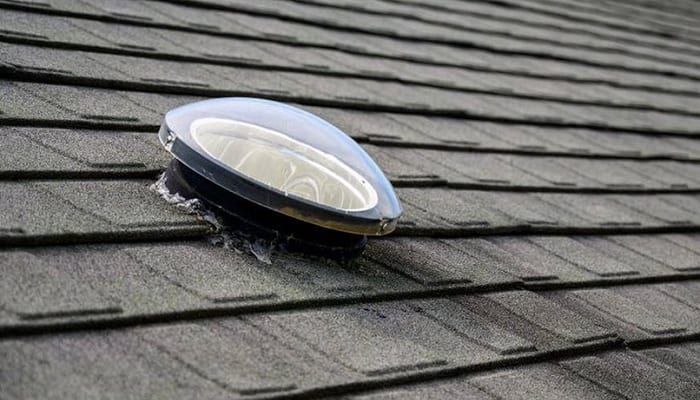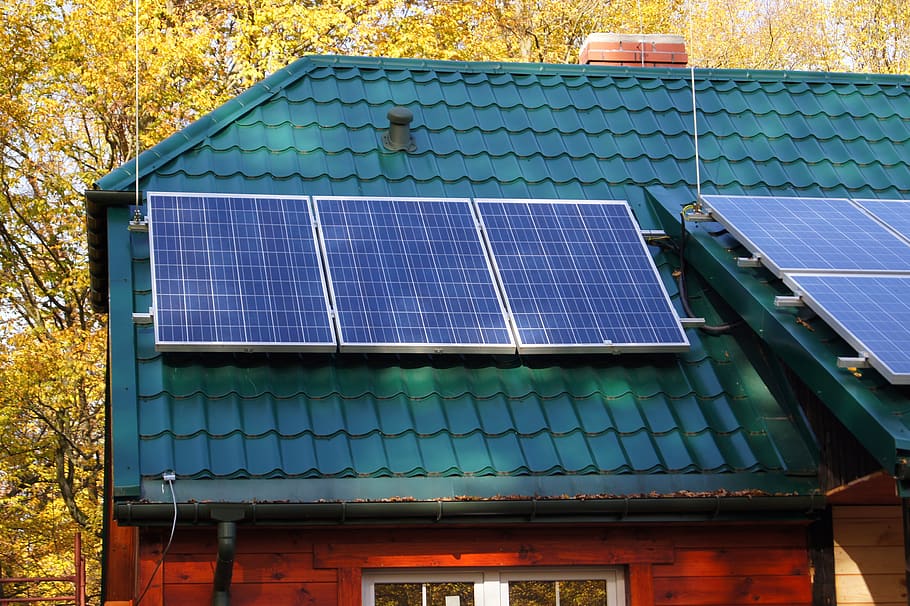With the rapid dissemination of the environmental and economic benefits of solar energy systems, people across the world are widely planning to install them. There are many local and international solar contractors which are offering services in this area by designing feasibility plans. Moreover, the modular design of the solar panels has contributed towards fostering clean energy deployment. You do not need to choose from a set of pre-determined solar system sizes. Instead, you can customize it by purchasing the right number of solar panels as per your energy requirements. In addition, the installation of solar systems is not limited to a particular building scale or dimension. Therefore, one can install them anywhere, from home rooftops to complex industrial units.
When replacing conventional energy sources with solar energy, the foremost consideration is the size of the system. The foremost question which arises is regarding the number of solar panels which one needs to cater to his energy needs. Before beginning, it is important to understand that the size of the system depends on the goal of the consumer. It may be minimizing environmental pollution, utility bill saving, or maximizing the return of investment In this article, we will be presenting all the necessary considerations in this regard.
Factors to consider before calculating the number of solar panels
Determining the size of the solar energy system is usually not a one-point assessment. You need to analyze a range of inter-linked aspects before finalizing the perfect system design. Solar contractors usually consider the following factors prior to calculating how many solar panels one needs to cater to the energy needs.

How Much Power Does Your Home Currently Use?
The first question which the solar contractor might ask you is your current status of energy usage. This is expressed in terms of monthly kWh consumption. A kWh is the unit for measuring energy consumption in a defined time interval. For taking into account the seasonal variations in consumption patterns, you need to check utility bills of the past 6 months to 1 year. To propose a viable system design, the kWh consumed as illustrated in your bill is broken down into hourly or daily household energy load.
Case Example
Suppose that there is a medium-scale household with annual electricity consumption of 4,800 kWh. Once the annual energy load is calculated, the next step is to calculate the monthly or daily unit consumption. Considering the value of 4,800 kWh, the monthly average will be 400 kWh while the per day average is 13.15 kWh. This is obtained by dividing 4,800 with 12 (monthly average) and 365 (daily average) respectively. This simple calculation will provide you a thorough insight into the general system requirements that you are looking for.
Hours of sunlight exposure
The second important aspect to weigh before determining the system size is the local solar irradiance status. Analyzing the duration of daily direct sunlight exposure at the desired installation site is a significant variable determining system output. Limited sunlight means that conversion efficiency per panel will be limited, thus you may require to increase the number of panels. On the other hand, if you are is living at a location with high solar exposure, there would be high energy generation per panel. Evaluating the peak solar exposure hours of the day will help you in determining how many solar panels you need. Careful consideration of this and other associated factors holds significant importance in the installation of a viable solar system. Consequently, you will receive the maximum economic benefit in terms of utility bill reduction.
Case Example
Consider a house that consumes 5,200 kWh of energy every year. The average daily electricity demand has been calculated as 14.24 kWh. The location of this house is in New Mexico, which has daily solar exposure of 6 hours. Now the next step is to calculate the total energy capturing the potential of the solar panels per day. For this, you need to divide the hourly electricity usage (W) by the peak sunlight hours of that area. So, first, you need to convert the energy usage expressed in kWh into W (watts). This is done by multiplying 14.24 kWh by 1,000W and you get the value of 14,246 W. Next, divide 14,246 W by the duration of peak sunlight i.e., 6 hours. From these calculations, we conclude that the solar panels installed in New Mexico will require 2,374 W.
Panel specifications
Solar panels vary in their power wattage. This is also a crucial factor that determines the number of solar panels. If the individual solar panel’s power wattage is low then you will need to install a large number of panels. If you have limited space for the installation of solar then you should select efficient solar panels with high power wattage. In this way, you will be able to fulfill your energy requirements with fewer solar panels.
Angle and Size of the roof

In simple words, all roofs are not equally created. Sometimes, the roof has an odd shape or is small. Therefore, for determining the number of solar panels required you will need to consider the roof size and angle. Sometimes a lot of workable space can result in sacrificing the efficiency of the solar panels by going large therefore more cost-effective panels are needed for higher efficiency. Also, you need to consider the degree to which the roof slants as it will help determine that how much sunlight will hit the panels. Furthermore, you will also get a clear idea of how much energy can be produced from each panel.
How Many Solar Panels are needed to Maximize Efficiency?
The market offers different types of solar panels based on the technology used. The options available include solar panels that are conventional or solar panels that do not have grid lines. However, the later ones absorb more light due to which the energy conversion efficiency increases. You need to weigh the factors such as roof size and the amount of energy required to determine that which level of panel efficiency is best suited for you.
Return on Investment
Making a leap from standard electricity to solar energy can be a tiring process if not done properly. The ideal solution to save yourself from such a hassle is to talk to professionals. Instead of comparing the types of panels, calculating energy usage, and other factors that are necessary to maximize solar panel output on your own, you can take consultation services.
Three Tips for Solar Shoppers
1. Get more than one quote
Remember, you should not go with the first quote you receive. Try you visit at least 5 different contractors and get quotes from them. This will enable you in saving 10% or even more. As solar system installation is not a small investment, therefore you should do sufficient research before finalizing a deal. You need to look deeply into the reviews of the companies that are present in your area. According to recent reports by energy departments, consumers these days tend to compare a lot of solar options. The reason being to make the most economically feasible deal without compromising on the system quality.
2. The biggest installers might not be offering the best price
The common mantra that bigger is not always better is a major reason we strongly encourage homeowners to consider all the options that are available. Do not just consider the large brands which are able to pay for the advertisement and publicity. In a recent report by the US government, it has been seen that the large installers are more expensive i.e., ranging from $2000 to $5000 as compared to the smaller solar installers. Do not decide immediately upon getting quotes from a big contractor. Always remember to compare these quotes with the ones you get from small-scale contractors. This will save you from paying more.
3. Comparing each and every equipment detail presented in the quote
After the price factor, comparing the quality of the equipment is an important consideration. Often, the local small-scale contractors not only offer high priced quotes but also provide low-quality equipment. This in turn leads to poor system efficiency and low electricity generation. Therefore, by collecting a wide array of solar bids and quotations, you will be able to compare the costs and the savings based on the different kinds of equipment packages that are available to you. If you are looking for a smaller solar system for security devices check our our Arlo Solar Panel Review.
Conclusion
When looking for the type and number of solar panels in the market, one needs to consider multiple variables. While there will be certain solar panels that will have higher efficiency ratings as compared to the others, but it surely does not mean that you need to invest in the top-of-the-line to get the best solar equipment. Therefore, we have highlighted all the factors that must keep under consideration prior to making a purchase. Also, we provide you a guide of the factors you need to keep in mind to determine how many solar panels do you need for maximum output. We hope that you end up finding the right installer as per your requirement and budget. Best of luck!



